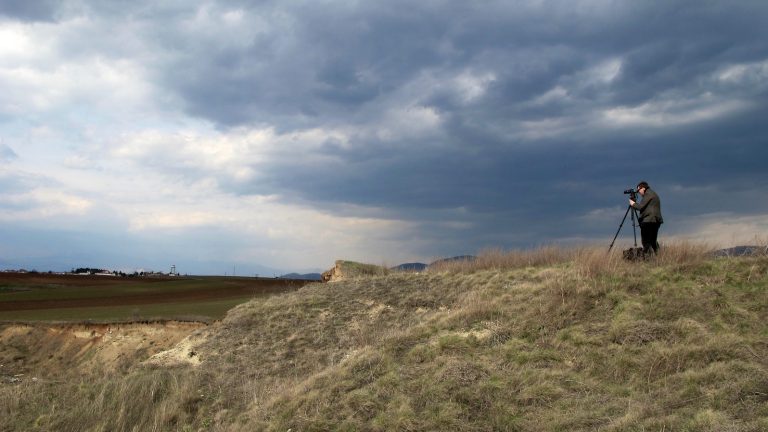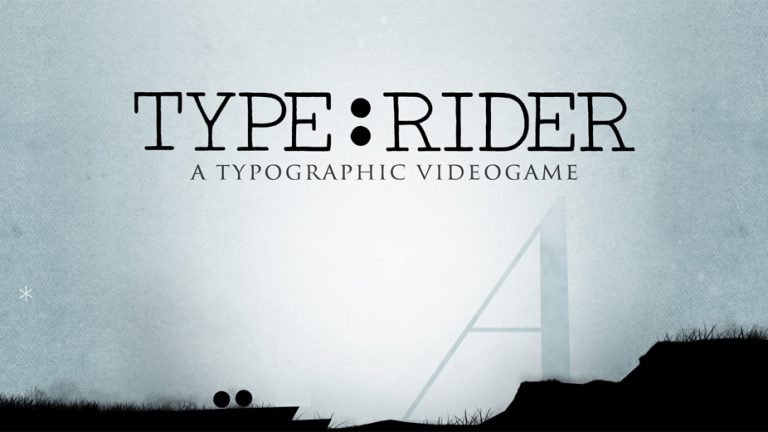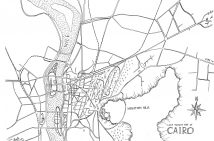Submarine Channel

Interactive Docs at RIDM & DocLab
Top5's
Interactive Docs at RIDM & DocLab
The last few months have been particularly exciting for Submarine Channel. We were given the opportunity to showcase and presentour project Unspeak at two brilliant events, RIDM (Rencontres internationales du documentaire de Montréal) and Amsterdam’s IDFA DocLab. We presented our project Unspeak at both events. Representing filmmakers on either side of the Atlantic, both festivals have quickly garnered a well-earned reputation for showcasing some of the world’s best interactive documentaries.
In the fifteen years since it was founded, RIDM has grown into one of Canada’s biggest documentary festivals. Their Docs 2.0 fixture, started last year in collaboration with the Canada Media Fund, features web documentaries, installations, docu-games and other transmedia documentary projects.
Across the Atlantic is DocLab. Founded in 2007, it’s a festival program hosted as part of Holland’s International Documentary Film Festival Amsterdam (IDFA). Doclab is devoted to showcasing new media platforms and interactive documentaries that push the boundaries of storytelling. The Amsterdam event has quickly grown into an unmissable part of the calendar and has given a platform for projects such as Prison Valley, Highrise and Hollow – to name just a few.
Through the years both of these festivals have offered an international voice for some truly groundbreaking documentary work and the talented individuals behind them; no surprise then that this year proved no exception.
In fact narrowing this list down to just five projects was no easy task. But nevertheless, let’s take a look at the Top 5 Interactive Documentaries from RIDM and IDFA Doclab 2013. As always, we’d love to hear what you think – so let us know over at @Submarinechannl
1.) I Love Your Work
Brooklyn-based artist and computer scientist Jonathan Harris is someone whose previous work has often touched on the way humans and technology interact. He was the co-creator of the brilliant, We Feel Fine, an interactive website that acts like a kind of emotional seismometer; scouring the web for expressions of human emotion before transforming them into visually-striking depictions.
This November he presented his latest project, I Love Your Work, an interactive film that was featured at both RIDM and IDFA Doclab – the latter presenting him with the firestarters IDFA DocLab Award 2013.
I Love Your Work is an interactive documentary that places us in the day-to-day routines of 9 young women in New York City, each of them working in the lesbian porn business. Shooting over 6 hours of footage over 6 days, the final piece is comprised of 2,202 ten-second clips taken five minutes apart.
The result is something raw and authentic, an often poignant look the realities behind the fantasies. In fact, even the method of viewing is a statement on society’s relationship with internet porn. Viewings of the documentary are limited to 10 people per day and must be scheduled in advance; Harris’s own way of challenging the growing culture of instant gratification.
2.) Fort McMoney
At the end of Canada’s infamous Highway 63, nicknamed the ‘Highway of Death’, lies Fort McMurray – a bustling black-gold-rush town tucked away in the northern reaches of Alberta’s sprawling oil fields. It’s this small town, population: 76,797, that has become the setting, and perhaps also the leading star, of Fort McMoney – a fascinating new interactive web documentary game created by David Dufresne (Prison Valley, 2010).
A starring feature at both IDFA DocLab and RIDM, Fort McMoney places the fate of the Alberta oil fields in your hands. Part simulation game, part real-time documentary – the goal is to take control of the world’s largest energy project and try and impose your own view; the experience peppered with the stories of the real people at the heart of this world, from oil barons to environmental activists.
While you’re free to discover the complexities of Fort McMurray alone, there are also multiplayer elements such as weekly referendums that allow players to vote on certain topics and attempt to convince other players of their opinions. The results of these votes will then dictate the course of the game. A groundbreaking work, Fort McMoney is as fascinating as it is ambitious.
3.) 17,000 Islands
“Break down the old image…break our film apart”, is the invitation from Indonesian filmmaker Edwin (Blind Pig Who Wants to Fly, 2009) and Norwegian transmedia director Thomas Østbye – together the makers of this innovative documentary.
17,000 Islands was originally inspired by a Disneyland-style propaganda park in Jakarta, an idealized open-air museum named Taman Mini that was built by the government in an attempt to present a unified, homogenized image of the culturally-diverse islands of Indonesia.
It was this idealized depiction of reality that spurred the pair to create 17,000 Islands; to produce a documentary experience that, like Indonesia itself, would be an archipelago of impressions. What makes this so unique is Edwin and Østbye’s willingness to lose control of their own film. Using the custom-built video editor, you the viewer are invited to break down the original film, taking parts of it to build your own film – and your own islands – to build an entirely new, living map.
4.) Money And The Greeks
Money and the Greeks offers no solutions. In fact, it clearly and painfully illustrates the complex dynamics of the political, cultural and economic forces at work in Greece, where any form of progress seems to be stalled, and a long-term solution for those Greeks that are suffering the most seem further away than ever. But then again, maybe Florian is just a pessimist. Watch, learn, and decide for yourself.
5.) Type:Rider
Technically speaking, Type:Rider isn’t a documentary at all but a video game about typography. More reason to give RIDM and IDFA Doclab – both serious docfests – kudos for both including Type:Rider in this year’s selection of interactive documentaries.
Published and partly-funded by Arte Creative, Type:Rider is a video game of the platformer genre, that playfully guides you through the history of typography via a series of very elegantly designed levels that, at Arte’s request, also contain some background info on each font. Each level revolves around an important, well-known font, starting with the classics from the early Gutenberg bible. Later levels feature newer fonts such as Helvetica (1957) running all the way up to screen fonts.
Of particular note is the final level, which has been dedicated to the (in)famous Comic Sans MS. The game designers clearly went all out on this level.








